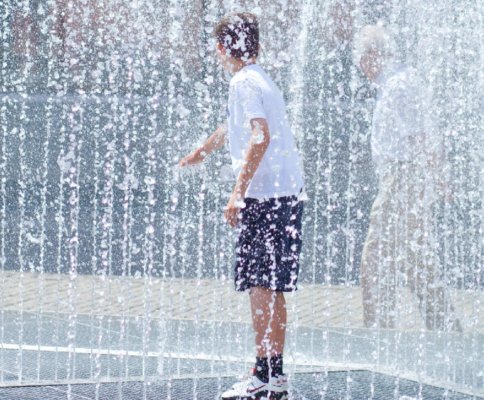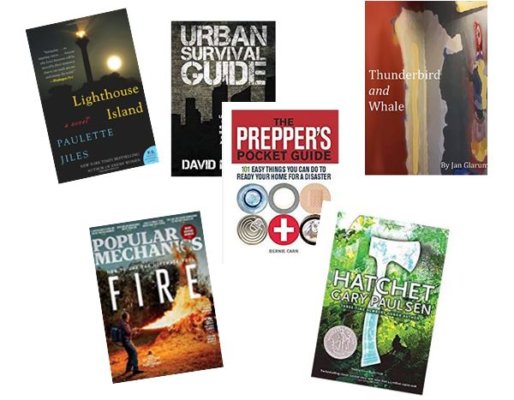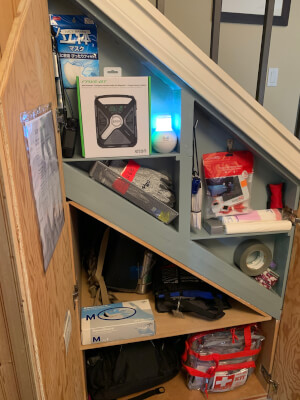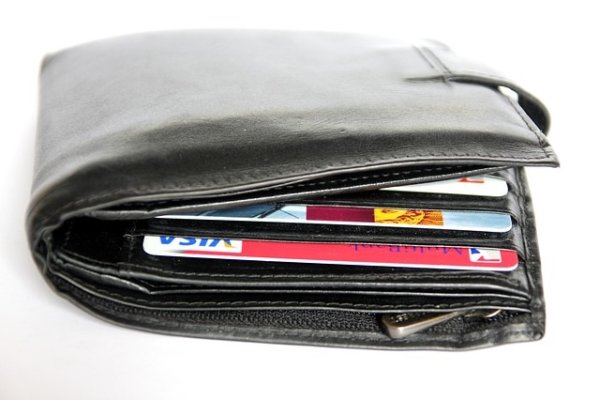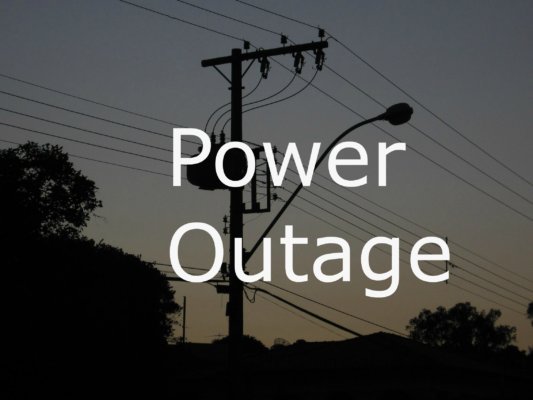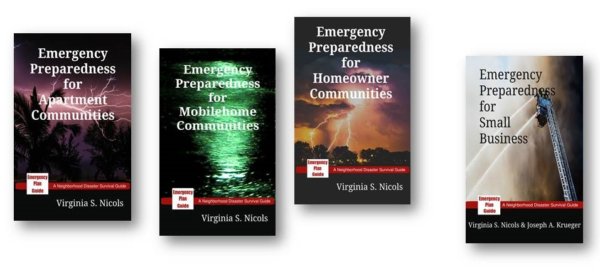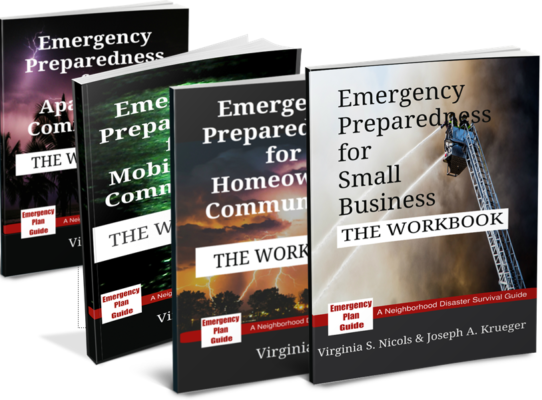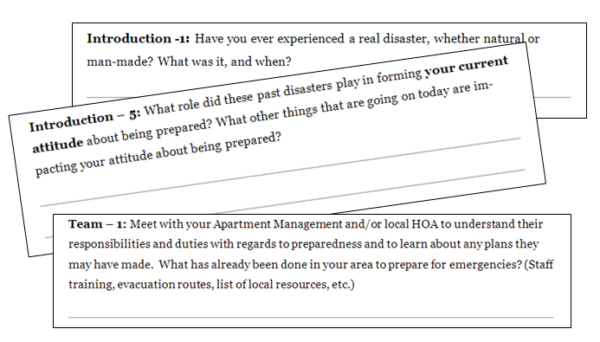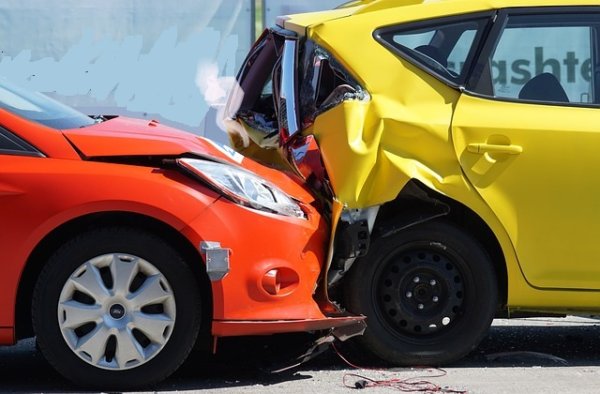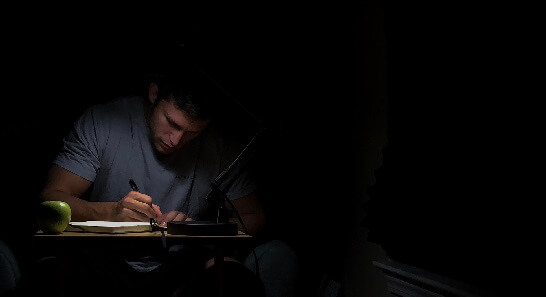Emergency Preparedness for Meeting Planners

It’s a rare business that doesn’t host a meeting once in a while. While businesses are shut down as a result of the pandemic, this list may not apply! But as soon as you get back to face-to-face meetings, it will. So hang on to it!
Your meeting might be for marketing or educational purposes, or maybe to celebrate a holiday or having reached a company milestone.
Whatever the purpose, if you are the meeting planner, you have a long to-do list to be sure everything goes as planned. Even the simplest meeting needs decisions made about date and time, venue, food, invitations, theme and decorations, sign-in procedures, advertising and publicity, entertainment, audio-visual, vendors, etc.
Our question for today:
Does your meeting to-do list include planning for emergencies?
If you’ve been reading here for a while, you know that we are constantly on the lookout for good emergency preparedness resources. And we look not just for ideas for family planning, but also for small business and, in particular, for neighborhood teams.
This Advisory will be useful for all three groups. But it is particularly vital for businesses, because . . .
If something goes badly wrong at your business meeting, and you could have prepared for it, you will be blamed. And you may be sued.
Please note: we are not attorneys, and this Advisory is not meant to give legal advice. Please consult with qualified professionals for detailed recommendations for your business and your meeting.
As you get ready to meet with those professionals, being ready with questions will save time and money. Here are some questions to start with.
1 – Is there a law that we must have a disaster preparedness plan for every meeting?
At Emergency Plan Guide we have never found a legal requirement on emergency preparedness for meeting planners. This doesn’t mean that there isn’t one! Your professional advisers may have found it. Ask.
But at the same time we have read enough horror stories to know that people sue no matter what!
They may claim that you should have let them know in advance that it was a dangerous neighborhood, that the venue was open to access from outside, that there was no internet security, that a storm was threatened, that medical aid was not immediately available, etc., etc. They will claim you were negligent.
2 – How do we protect ourselves if there is no clear-cut law?
Recent well-known lawsuits seem to have revolved around the legal concept of “Duty of Care.” The Legal Dictionary at Law.com defines Duty of Care this way: “a requirement that a person act toward others and the public with the watchfulness, attention, caution and prudence that a reasonable person in the circumstances would use. “
There’s a second legal term we also see connected with this same topic: “Standard of Care.” It is closely tied to “Duty of Care.”
Basically, this is the “standard” that a reasonable person with the same qualifications would follow in a similar circumstance. As you might imagine, a professional would have a higher standard than a non-professional.
Here’s the challenge. Law.com adds: “The problem is that the “standard” is often a subjective issue upon which reasonable people can differ.”
Not too helpful!
Still, we already know that it just makes sense to prepare for emergencies to the best level you can.
3 – So what does a reasonable person do when planning a meeting?
These are my recommendations. They are similar to preparing for emergencies in your own home or business.
I see these as basic steps:
- Evaluate your OWN level of preparedness. Who from your company will be there, what skills do they have, how ready will they be to respond to an emergency? What gaps do you find?
- Identify risks for this particular event: geographic location and specific room or building, threats from weather and/or people (attendees or outsiders), security issues, availability of emergency medical personnel, cyber-security policies, firearms policies, alcohol policies, etc.
- For each risk, confer with your business partners and then decide on who will respond and how. Make it clear who is responsible for what. Will any of the partners need to budget for additional personnel or equipment? List whom to call and all names and numbers. Decide who will interact with the news media or other officials, etc.
- Confirm appropriate insurance coverages, yours and your meeting business partners.
- Write down and update your plan. Document your planning meetings. Share your decisions as appropriate in your marketing materials, since attendees deserve to know you have considered their safety in your planning. Document how everything went at the meeting.
This written document shows that you were attentive, prudent and thorough. This can be your very best protection against claims of negligence.
More resources on emergency preparedness for meeting planners
A while ago I attended a 2-hour training session sponsored by Meetings Today. The title was: Risk Management – Best Practices for Meetings and Events. The presenter, Brenda Rivers, also put out a 30-minute podcast on the Duty of Care. You may be able to find the podcast here: https://www.meetingstoday.com/magazines/article-details/articleid/32549/title/duty-of-care-keeping-safe
Meetings Today has also published a comprehensive template for meeting planners. If you have any responsibility for planning meetings, you may wish to download it for future reference. Here’s the link: https://www.meetingstoday.com/newsevents/industrynews/industrynewsdetails/articleid/31923/title/emergency-response-plan-template-for-planners
If you consider yourself to be a professional meeting planner, or just an enthusiastic meeting planner, please find out more about this topic!
Best of luck,
Virginia
Your Emergency Plan Guide team
P.S. Joe and I consider ourselves “enthusiastic meeting planners.” Together, we have been responsible for literally hundreds of meetings for professional associations, Rotary International, neighborhood outreach for energy efficiency, and, of course, our local emergency response group. You can find one of our neighborhood group meeting planning Advisories here, recently updated.
And if you’re serious about putting on a successful meeting, check out this book from Alex Genadinik. There are a number of books available about planning events, of course, including those on starting a business as an event planner. I recommend this one because of Genadinik’s marketing emphasis.

